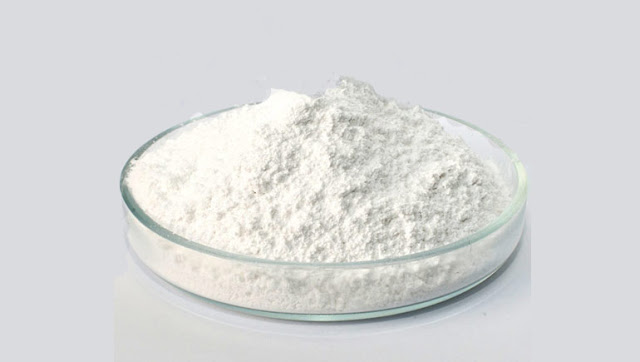Magnesium Hydroxide: A Versatile Substance with Many Uses
 |
| Magnesium Hydroxide |
What is Milk of magnesia?
Magnesium Hydroxide, also known as milk of magnesia, is a common chemical compound
with the formula Mg(OH)2. It is a white crystalline solid that is odorless and
has an objectionable bitter taste. Milk of magnesia is produced commercially
via the reactions of magnesium salts like magnesium chloride with solutions of
sodium hydroxide or potassium hydroxide.
Uses of Milk of magnesia
Milk of magnesia is commonly taken orally as an over-the-counter antacid and
laxative. As an antacid, it works by neutralizing stomach acid and providing
relief from heartburn, acid indigestion, or upset stomach. Milk of Magnesium
Hydroxide contains magnesia, which attracts water and forms a viscous
solution in the intestines. This helps promote bowel movements and relieve
constipation. Milk of magnesia is also sometimes used to treat other conditions
requiring magnesium supplementation or as a phosphate binder for people on
kidney dialysis.
Industrial Uses
In industry, Magnesium Hydroxide has a variety of applications due to its
absorbent qualities and alkalinity. It is commonly used as a flame retardant
when mixed with polymers, as the milk of magnesia releases water vapor when
heated and dilutes or interferes with the combustible gases. Milk of magnesia
is also used as a desiccant to absorb moisture in industries like packaging. It
is used as a smoke suppressant in plastics and wires, and milk of magnesia
bricks are placed in some buildings to regulate humidity. Milk of magnesia also
functions as an acid neutralizer in wastewater treatment, providing an
environmentally safe way to neutralize acidic wastewater.
Uses in Construction
Milk of magnesia finds some important uses in the construction industry as
well. When mixed with water and cement, it results in lightweight concrete that
has advantages like high insulation. Such concrete is commonly used in the
construction of lightweight roof decks. Milk of magnesia mortars are also used
to repair and waterproof concrete structures. The alkalinity of milk of
magnesia makes it effective for protecting concrete from degradation caused by
acids, carbonation, chloride penetration, etc. It is approved for use in
structures requiring fire protection like firewalls, floors, columns etc.
Effects on the Environment
Due to its alkaline nature, milk of magnesia can help neutralize acidic soils
and reduce acid rain damage to lakes and trees when used as an anti-acidifying
agent. It is classified as non-toxic and non-hazardous by the EPA. Milk of magnesia
production does not involve toxic solvents or dangerous by-products and it
readily degrades in the environment. Spills of milk of magnesia powder have
minimal adverse impacts on terrestrial or aquatic ecosystems as it does not
introduce potentially harmful elements or compounds. Overall, milk of magnesia
is considered an environmentally benign material.
Production and Purification
The main production route for Magnesium Hydroxide involves the reaction of
magnesium salts with alkali hydroxides like sodium hydroxide or potassium
hydroxide in aqueous solution. This is a precipitation reaction where the
insoluble milk of magnesia precipitates out of solution. Commonly used
magnesium precursors are magnesium chloride, magnesium nitrate or magnesium sulfate.
The milk of magnesia precipitate is separated via filtration and washed to
remove chloride, sulfate or nitrate impurities. It is then dried and processed
into the required end product forms like powder, flakes or prills. High purity
grades required for pharmaceutical or construction uses undergo further
purification steps like ion exchange. An estimated 600-800 thousand tons of
milk of magnesia are produced globally each year mainly for use as an antacid
and flame retardant.
Future Applications
Research is ongoing to extend the use of Magnesium Hydroxide towards more
advanced applications. One promising area is using nanocrystalline milk of
magnesia for wastewater treatment with 3D printing technologies. Its flame
retardancy properties are also being explored for developing new fire-safe
composites for automotive and aircraft interiors. Milk of magnesia coated
fertilizers show potential to enhance nutrient delivery to crops. Overall, the
versatility and non-toxic nature of milk of magnesia positions it for continued
growth and innovation across various industries in the coming years.
Get More Insights on- Magnesium
Hydroxide
About
Author:
Money
Singh is a seasoned
content writer with over four years of experience in the market research
sector. Her expertise spans various industries, including food and beverages,
biotechnology, chemical and materials, defense and aerospace, consumer goods,
etc. (https://www.linkedin.com/in/money-singh-590844163)



Comments
Post a Comment